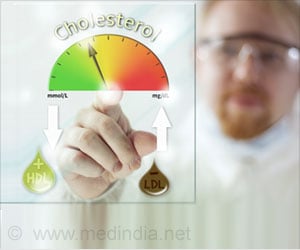A new method to optimize facial analysis that enables reconstructing the face in 3D from 2D photographs allows early identification of genetic syndromes.

‘Facial analysis of children from photographs is a technique that allows early identification of genetic syndromes.’





By way of example, the average accuracy in the detection of one of the most studied genetic syndromes, Down syndrome, by a trained paediatrician is as low as 64% in the US, and so methods for the early detection of genetic syndromes become very important. Araceli Morales, Gemma Piella and Federico Sukno, members of the SIMBIOsys research group and of the Cognitive Media Technologies of the Department of Information and Communication Technologies (DTIC) at UPF, together with researchers from the University of Washington (USA) are the authors of this work published on 7 October in the online edition of Lecture Notes in Computer Science.
The article describes the new optimization method to perform 3D facial reconstructions of the shape of children's faces from uncalibrated 2D photographs using a new statistical model.
First, for each 2D photo, the new method estimates the camera pose using a statistical model and a set of 2D facial landmarks. Secondly, the method calculates the camera pose and the parameters of the statistical model by minimizing the distance between the projection of the estimated 3D face in the image plane of each camera and the observed 2D face geometry.
"Using reconstructed 3D faces, we automatically extract a set of 3D geometric and appearance descriptors and we use them to train a classifier to identify facial dysmorphology associated with genetic syndromes", explains Araceli Morales, first author of the article who is working on this research for her doctoral thesis which is being supervised by Federico Sukno.
Advertisement
Source-Eurekalert












